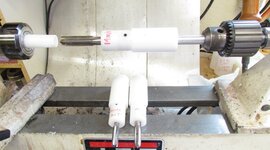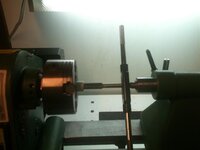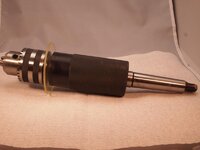RustySplinters
Member
When you are putting threads into your pens do you turn the lathe on or is it done manually?
I've een reading a toon up on taps/dies but havent gotten any info on that.
And. Why "the longer the better"? I dont understand that.
Thanks!
Michael
I've een reading a toon up on taps/dies but havent gotten any info on that.
And. Why "the longer the better"? I dont understand that.
Thanks!
Michael





